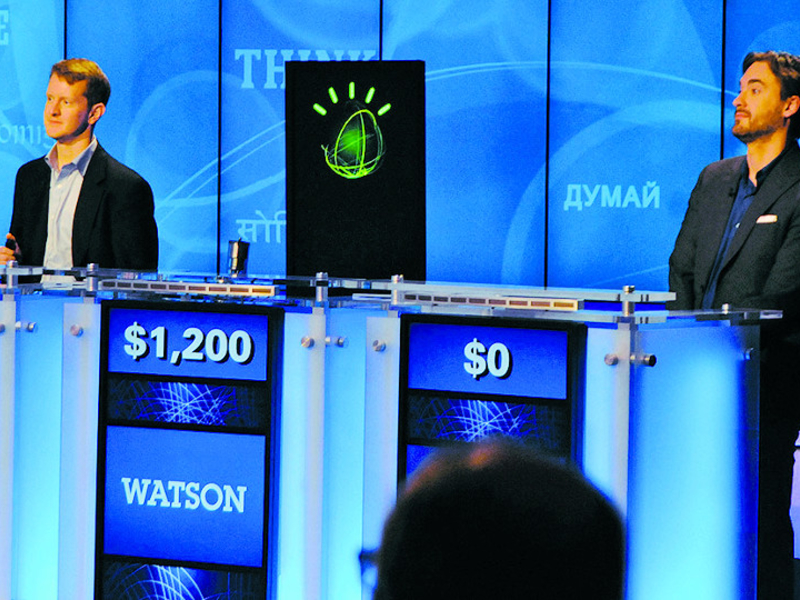
Most of what consumers know about artificial intelligence comes from the movies or other pop culture.
Think The Matrix, A.I. Artificial Intelligence or WarGames. These are all films that depict AI as an almost-human force — often hidden behind a computer screen — that has a mind of its own. But for people in a variety of industries using AI, it’s important to put aside these mischaracterizations and get down to the facts.
Definitions vary widely, but fundamentally, AI is technology that allows machines or computer systems to perform tasks in ways that mimic human intelligence. It’s an umbrella term for systems that can adapt based on the data they receive.
“We have to teach these systems first, and then they can do what they’ve been taught better than a human, but they can’t go beyond that scope,” said Danny Shapiro, senior director of automotive at chip supplier Nvidia.
Artificial intelligence seems to have morphed into a catchall phrase for all kinds of smart technologies, but Jeffrey Miller, a University of Southern California associate computer science professor, says it boils down to “the ability for computers to start to think.”
“Computers are never going to be able to have feelings or think like humans do, but they are able to ‘think’ because we’ve programmed them to do that,” Miller said.
AI can learn yet not be self-aware, said Shapiro.
“You educate it by feeding it information, like the experience of a human. And so it can just keep getting smarter and smarter and smarter. Over time, what we can do is not just detect pedestrians, but we can train it to detect distracted pedestrians,” Shapiro said. “Somebody walking, staring at their smartphone is a common reality now, and that person behaves differently than somebody standing on the corner, patiently waiting for the light to change, watching traffic.”
Machine learning is just one type of artificial intelligence. With machine learning, a computer makes predictions based on patterns gleaned from vast amounts of data. It also has the capacity to modify what it’s going to do in the future.
Deep learning is another popular type of AI, Miller said. Deep learning uses not only the data that has been given to the application, but also data that it found on its own, to make better decisions and learn for future scenarios.
Artificial intelligence is commonplace throughout retail, health care and the automotive industry.
“The brains of the car keep getting smarter and smarter when we give it more information, and then it can anticipate — that’s the key, teaching it to anticipate — behavior and predict what’s going to happen around it so it can again safely drive,” Shapiro said.
Automakers and suppliers have been investing in AI for tasks such as image processing, radar and lidar data-gathering, and computer vision to detect road lanes, street signs, signals, cars, bikes, trucks and pedestrians.
In car dealerships, AI comes in handy for customer relations, predictive analytics for marketing and improved efficiency for fixed ops.
“What machine learning does is it looks at the patterns of the past,” similar to what humans do, said Len Short, CEO of digital marketing company Lotlinx. “If a dealer walks onto a lot, he kind of knows what to say to the family who’s there. It comes from millions of interactions that they’ve had, all that experience, right? So, essentially, AI works that way: It collects all this very complex pattern data, and then it’s really good about predicting what you need.”